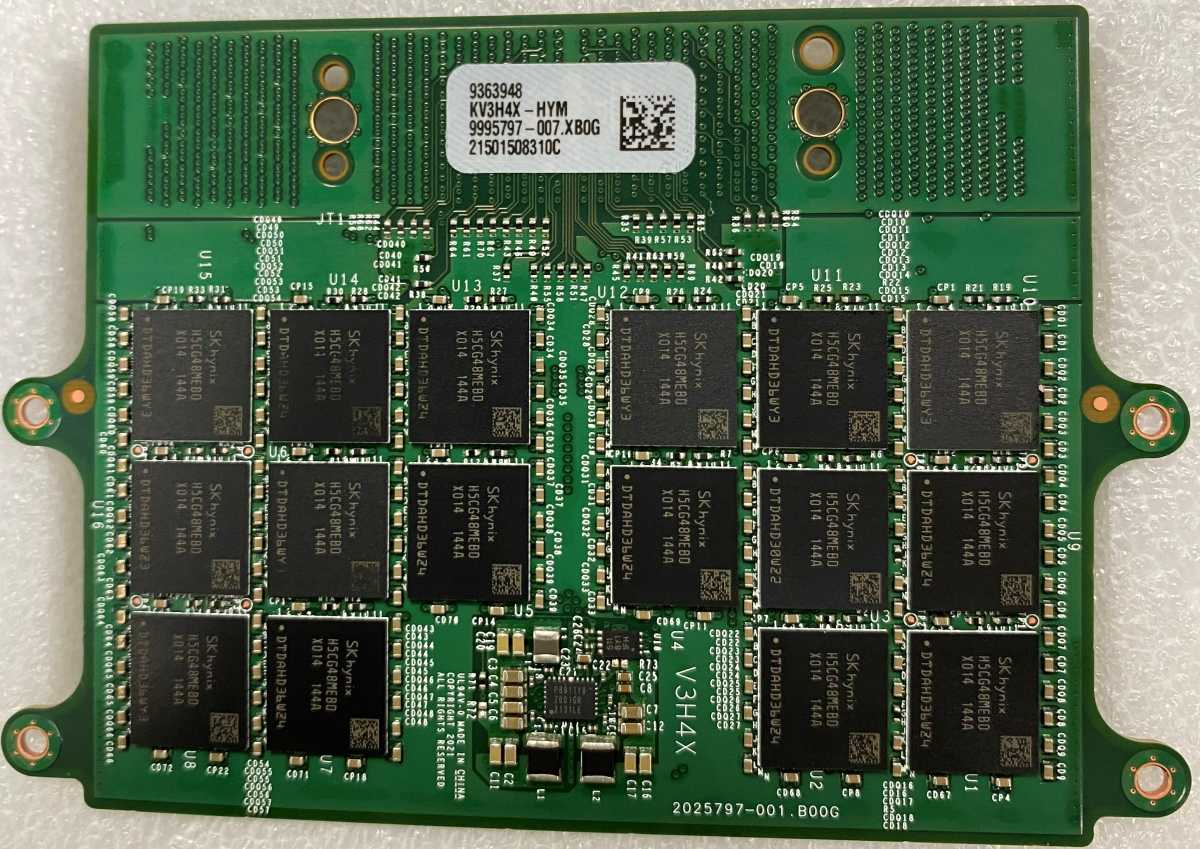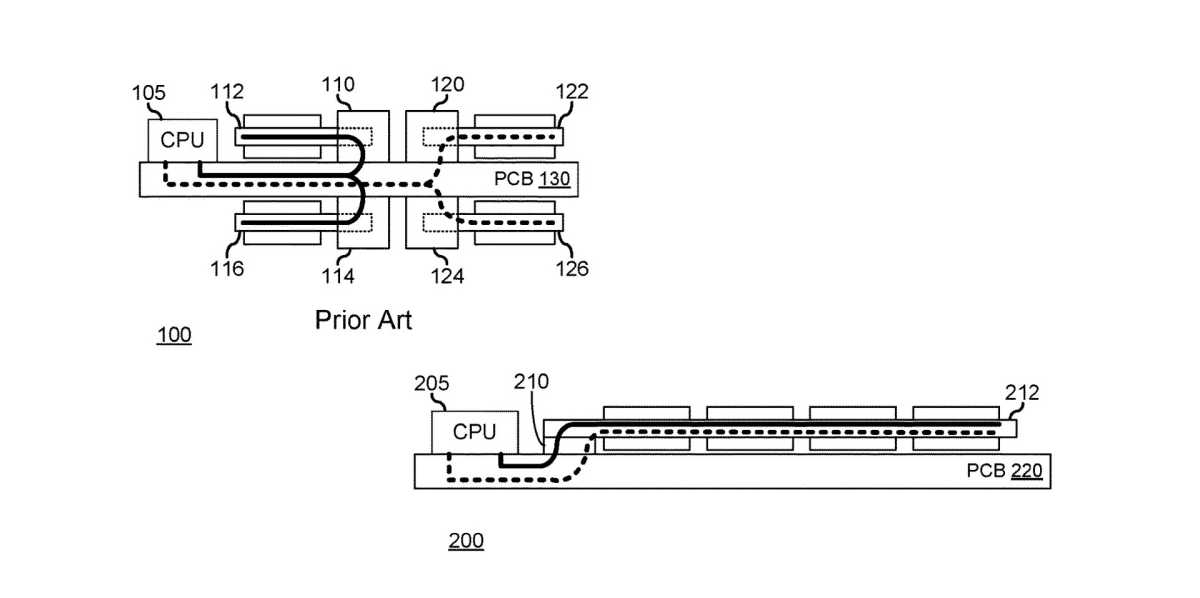CAMM: The future of laptop memory has arrived
Goodbye, SO-DIMM: Memory overseer JEDEC will formally adopt the “CAMM Common Spec” as the next RAM module standard for laptops.
JEDEC, the memory group that homologates RAM standards, is in the process of hammering out the new spec to replace the basic SO-DIMMs that have been in use for 25 years, according to JEDEC committee member, and Dell Senior Distinguished Engineer Tom Schnell.
Schnell actually created the original CAMM—or Compression Attached Memory Module—design for Dell last year. JEDEC’s CAMM standard will be based on that CAMM design but is likely to be somewhat different as companies hammer it out.
While the adoption of new hardware standards can be fraught, with hand-wringing, foot-dragging, and all the friction of a negotiation among co-workers over where to get lunch, JEDEC seems to have managed it fairly easily.

JEDEC’s CAMM will be based on, but likely not exactly the same as, Dell’s original CAMM that was implemented in some Dell Precision laptops last year.
Dell
In fact, Schnell said, the acceptance went over quite well with the 20 companies or so in the task group voting for it.
“We have unanimous approval of the 0.5 spec,” Schnell told PCWorld. Schnell said JEDEC is targeting the second half of the 2023 to finalize the 1.0 spec, with CAMM-based systems out by next year.
Who are the companies that voted for it? Schnell can’t say, as that’s up to each member to reveal, but group covers the range of suppliers, from SoC, to connectors, to OEMs, and all unanimously voted to adopt the CAMM Common Spec, with no dissenters. There are currently 332 companies listed in JEDEC, from Apple to ZTE, each involved in different aspects of memory in different industries.
For those who haven’t followed it, Dell introduced its CAMM design in April 2022 with the aim of replacing the decades old SO-DIMM design that has been used in most gaming and workstation laptops up to now. CAMM’s main appeal is that it enables higher memory density while also scaling to ever higher clock speeds.
Some of the motivation for expediency likely comes from the fast-approaching “brick wall” facing laptops when SO-DIMMs hit at DDR5/6400.
Schnell said the CAMM spec is far from finalized, but the first JEDEC CAMM modules should take over right where SO-DIMM ends at 6400.

An illustration from Dell shows the convoluted path the memory traces take to get from the CPU in a SO-DIMM (upper left) versus the company’s new CAMM and cDIMM (lower right.)
Dell
CAMM is not proprietary
When Dell first introduced CAMM, it was somewhat misunderstood as a proprietary spec that would “lock customers” into a design. Dell has said that’s never been its intention and the fast approval seems to vindicate that. Schnell addressed that initial concern, with the adoption underway.
“Dell is a huge company, we don’t keep the lights on because we get royalties for a patent,” he said. “We basically want to recover the cost of inventing it, and implementing it.”
Besides, going it alone is simply not how the PC world works.
“We’re part of the PC industry and the PC industry is built out of an ecosystem of partners, suppliers all feeding in,” Schnell said. “Yes, Dell does great innovation of our own in our systems, but we also integrate a lot of innovations from a lot of people.”
The future of CAMM
With CAMM being hammered out now, Schnell did lay out some possible paths for CAMM as it replaces SO-DIMM. DDR6 is an obvious road, he said, but CAMM even enables the possibility of LPDDR6 on a replaceable module. LPDDR, or low-power DDR RAM, has long been preferred for smaller and thinner laptops as well as phones for power savings. It’s also long been implemented only as soldered-on.
Schnell foresees a version of CAMM enabling the performance and power benefits of LPDDR, but in a replaceable and upgradeable module. With JEDEC adopting CAMM now, that future gets closer.
For all the latest Technology News Click Here
For the latest news and updates, follow us on Google News.

